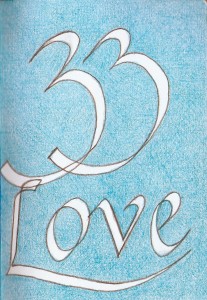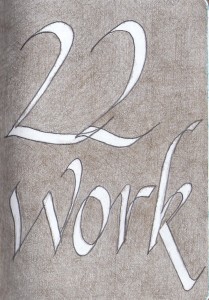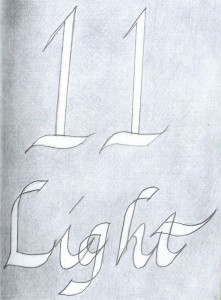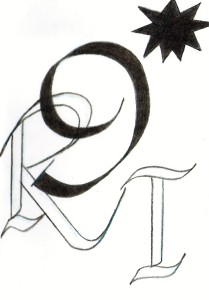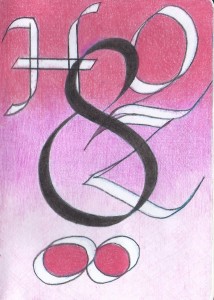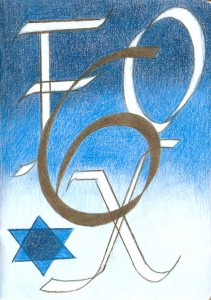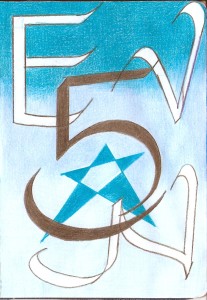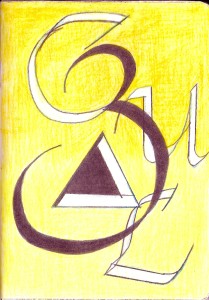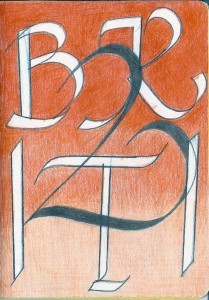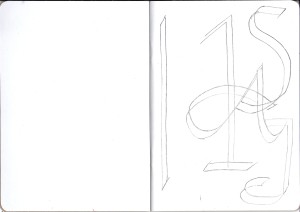“The universe is based on the fundamental reality that all things are related and within that underlying notion of unity, all things are energy.”
from The Complete Idiot’s Guide to Numerology
33/6 Master of Healing Love
Numerology teachers write the Master Number 33 as 33/6.
They are the Masters of Healing Energies Through Love, the Cosmic Parent.
33/6s champion the underdog lending encouragement and understanding to those who need it but 33/6s must learn detachment and balance first before they can help others and right the injustices of the world.
Two 3s mean double the emotions felt by the rest of us plus like the Number 6, the responsibility to care for others in need. In spite of the power they have to help others they work with humility as well as love. However, 33/6s must learn to love and trust themselves first before they can help others with love and an open heart.
Famous 33/6s are Meryl Streep, Robert DeNiro, Steven Spielberg and the late Elisabeth Kubler-Ross.
(For a guide to determining your life path number, see The Idiot’s Guide to Numerology by Kay Lagerquist and Lisa Lenard. It’s easy!)
Bibliography:
Lagerquist, Kay. The Complete Idiot’s Guide to Numerology. Indianapolis, IN: Alpha Books, 1999.
Hay, Louise L. Colors and Numbers, Your Personal Guide to Positive Vibrations in Daily Life. Carlsbad, CA: Hay House, 2010.
Millman, Don. The Life You Were Born to Live. Tiburon, CA: H. J. Kramer/New World Library, 1993.
Vogel, Christopher. The Writer’s Journey; Mythic Structures for Story tellers and Screenwriters. Studio City, CA: M. Wiese Productions 1998.
Pythagoras and Numerology
Numerology is the study of the meanings of names and numbers and their relationship to each other and has its roots in the cultures of ancient Greece, China, Rome and Egypt and the Hebrew Kabbalah.
Pythagoras was a Greek mathematician and mystic from the 6th century B.C.E. He is one of the fathers of numerology and regarded as the father of geometry.
He based his system of names and numbers on his belief that numerical relationships permeate nature. Numbers are a source of form and energy and numbers 1 through 9 represent the nine stages of the cycle of life.
Pythagoras and his followers believed that divine law could be calculated through mathematics.
Pythagoras, however, associated numbers with many ideas not just divine law. For example, he explored musical harmony through mathematics and called his concept “The Music of the Spheres.” Pythagoras believed that everything vibrates to its own special harmony; the higher the vibration, the more (or positive) force it has but the lower the rate of vibration, the less (or negative) force it has.
The Sketchbook Project “is the world’s largest library of artists’ books…”
The sketchbooks also travel North America and even the world via the Mobile Library. For more information, go to https://www.sketchbookproject.com.
I participated in the Sketchbook Project in 2012 and 2013. It’s time to take part again

